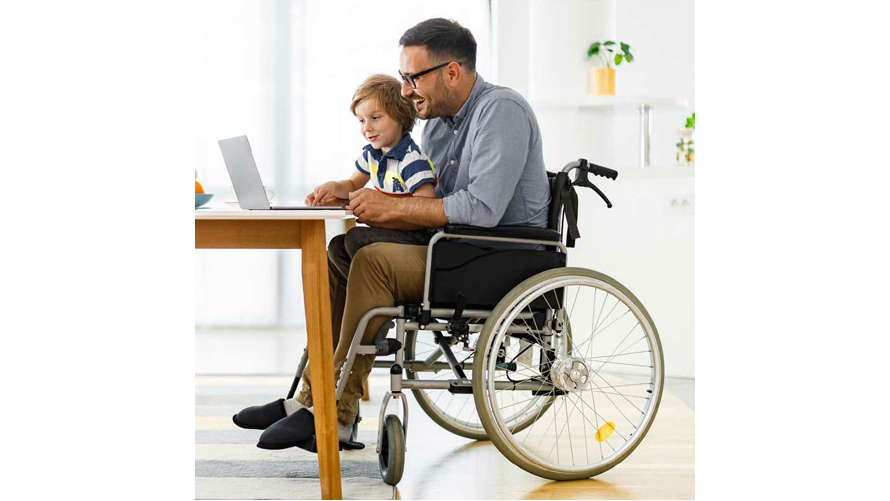Getting older doesn’t mean giving up control. From fall prevention to daily mobility, the right equipment can help you stay safe, comfortable, and independent in your own home—especially as more families prepare for the realities of aging in place.

Aging doesn't look the way it used to. More people are choosing to live independently for longer, managing chronic conditions or recovering from surgery at home rather than in assisted living facilities. But staying safe and self-sufficient often depends on one key factor: having the right medical equipment in place.
Whether it's mobility aids, bathroom safety products, or orthopedic support gear, today's is designed to make daily life easier—not more complicated. And as the number of Americans aged 65 and older is projected to rise from 62.7 million to 71.6 million by 2030, these tools are becoming essential in households across the country.
Buying medical equipment outright isn't always practical. That's why rentals are becoming the go-to option for many individuals, caregivers, and even hospitals. They offer flexibility, cost savings, and access to the latest technology—especially important if your needs change over time.
North America leads the global market for medical equipment rentals, with trends showing growing demand for short-term, affordable access to items like wheelchairs, rollators, and shower safety gear. For families trying to adapt quickly to post-surgical recovery or mobility loss, renting can offer a manageable starting point.
From preventing falls to making everyday activities less taxing, equipment can fill the gaps that aging or injury sometimes create. Here are some commonly recommended tools:
According to the team at Pro Med Supplies, a Pennsylvania-based medical equipment provider, choosing the right gear often comes down to understanding both the medical condition and the lifestyle of the individual. Their staff regularly assist families in selecting equipment that promotes comfort, independence, and ease of use.
Even the best equipment won't help if it's difficult to get—or hard to use. That's why some providers also provide training for how to properly use certain devices—whether that's how to adjust a rollator or install grab bars correctly—so you're not left figuring it out on your own.
Everyone deserves to age with dignity—and with options. Whether you're planning ahead or responding to a new diagnosis, can empower you or your loved one to live safely and confidently at home. Plus, speaking to professionals can help you explore equipment that fits both your needs and your budget.
